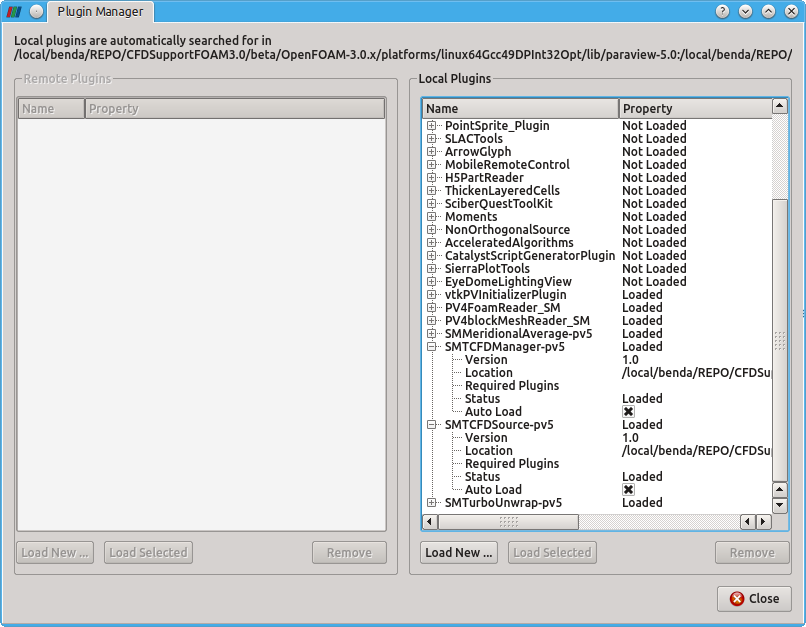Previous: Frozen Rotor vs. Mixing Up: TCFD- CFD Theory Next: Cavitation Risk and Cavitation
This is an automatically generated documentation by LaTeX2HTML utility. In case of any issue, please, contact us at info@cfdsupport.com.
Turbo Blade Post - graphical postprocessing
Turbo Blade Post is designed for postprocessing of rotating machinery. Both radial and axial machines. Pumps, hydro (water) turbines, compressors, turbochargers, propellers and many more.
Turbo Blade Post is product of company CFD Support s.r.o. https://www.cfdsupport.com/(www.cfdsupport.com). It was especially created to enable an effective postprocessing of rotating machinery. Turbo Blade Post is a set of plugins for http://www.paraview.org/ParaView software http://www.paraview.org/www.paraview.org.
ParaView is an open source multiple-platform application for interactive, scientific visualization. It has a client–server architecture to facilitate remote visualization of datasets, and generates level of detail (LOD) models to maintain interactive frame rates for large datasets. It is an application built on top of the Visualization Tool Kit (VTK) libraries. Where VTK is a set of libraries that provide visualization services for data, task, and pipeline parallelism, ParaView is an application designed for data parallelism on shared-memory or distributed-memory multicomputers and clusters. It can also be run as a single-computer application.
ParaView offers the possibility to extend its functionality in several directions. This encompasses modifications to the GUI, implementation of new sources (i.e. generation of predefined curves and bodies), definition of new selection functions etc. The most useful category of plugins are the Filters.
![Node120 7 [*]](https://www.cfdsupport.com/wp-content/uploads/2022/02/crossref.png) ).
). 
Figure: ParaView custom filters
Note — The filters tend to disappear from their categories after use. This is a feature of ParaView, which moves the last used filter menu item into Filters > Recent. That list is, however, limited. Nevertheless, all filters are always accessible through the Filters > Search option.






